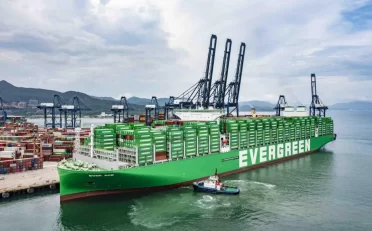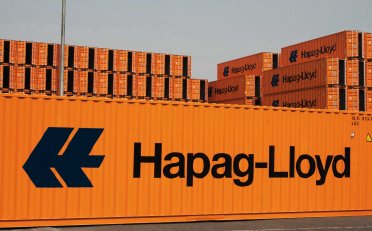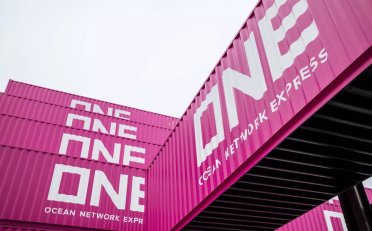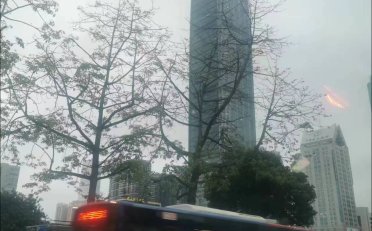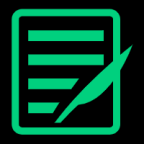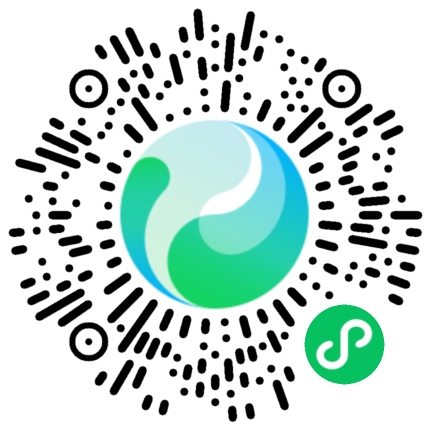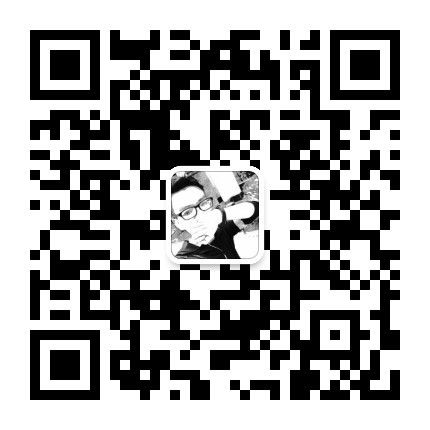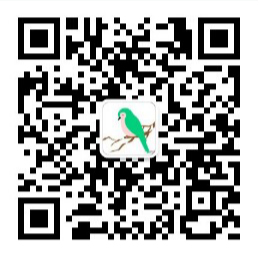新人读者Fiona向Paul咨询:
先看客户询盘:
looking to start an import business from china but I dont know the rates or how to find out .. im shipping close to atlanta GA, and I also need to get a better understanding of the tarrifs of my products。
从询盘能明显看出,客户同样也是进口业务新手。
都是新手,怎么谈?
1
Fiona的回复:
Hi,
Many thanks for your kind request.
I'm *** from @*** team, very glad to help you.
If you are importing goods from China to the US, first make sure your company is qualified to import into the US.
Secondly about the rates:
1, you need to inform the cargo name/HS CODE
2, the volume and weight of the goods
3, What mode of transportation do you want to choose? Air/sea/courier
4, About the product tariff, with the product HS CODE we can check it
To ensure the accuracy and validity of the information, look forward to receiving your reply.
Have a nice weekend.
Fiona自我感觉不错,但客户却没有回复,问我怎么回事。
我直言:客户不忍直视。我要是客户,除非我没有问其他人,要不然这样一封邮件我绝对不会回。
2
为什么这封邮件会让客户兴致缺失?问题究竟出在哪里?
F的思路:因为客户想要知道费率和关税,总得让他告知一些信息才能有准确回复。所以,需要问一些问题。
思路其实没错 ,是表述与引导出了问题。
从询盘来看,客户是个新手。
新手就应该简单直接些,说他听得懂的话,减少复杂问题的堆砌。
- first make sure your company is qualified to import into the US。客户并未询问进口资格问题,无端引出只会徒增客户困惑。而且,即便客户不是美国本土公司,业务也能正常开展,无非就是一个Record of Import和Bond。
- 语气方面,前面是make sure…,后面又是ensure…,客户就问一个价,却被要求确保这确保那的,语气显得生硬且缺乏亲和力。
同时,列个一二三四需要客户告知的问题清单,会给新手客户很大的心理压力的。
这样的项目列表,是一种结构化表达,常用在我们提供给客户方案与多样信息之时。也就是说作为答案的表述形式是可行的,但作为问题表述就很糟糕了。
为什么呢?算上第一句进口资格的问题,一股脑儿给客户提了5个问题。而F一句像样的答案都还没有,很明显,是个客户就要被惹毛,何况客户还是新手,啥也不懂,还问人家那么多。
即使这样,第一条和第四条关于HS CODE存在重复。第二条和第三条,有第二条就够了,第三条自己判断与给方案,让客户选择。因为问到了件毛体,直接就可以出方案报价了。啥啥都去问,会显得自己没有做方案的能力。
如果客户在线,倒是可以即时问一下。但这个是在周末的询盘,邮件往来。此时的销售场景,真不适合这样一股脑的提问与沟通。
- 最后一句引导CTA,To ensure the accuracy and validity of the information, look forward to receiving your reply。为确保信息的准确性和有消息,期待你的回复。表意模糊,既没有明确告知客户需要做什么,也未起到有效引导作用。
3
基于此,Paul倾向于这样回复:
Hi Lucy,
Thank you for reaching out!
I’d be happy to assist you with your import business from China to Atlanta, GA. US is our main market, we can support you door to door shipping service both by sea and air. 开篇热情回应客户咨询。明确表明公司在美业务优势及可提供的服务,精准聚焦客户核心需求。
To provide you the shipping rates and tariff ( 强调对需求的理解), appreciate you can let us know the product name,gross weight and approximate volume. ( 这里将索要信息的方式改为温和陈述,语言简洁易懂,避免使用过多行业术语如HS CODE,减少客户压力)。
Also, to help you get started, I've attached a brief guide on importing from China, which includes some useful tips and information on shipping, customs, and tariffs. 站在客户的立场上思考问题,给到有益的价值内容与信息。
Happy weekend. I'm more than happy to schedule a call to discuss your specific requirements in detail. 一个比较亲切的CTA,既专业又不失温度。
Best Regards
Fiona
商务沟通需追求效率。不给客户压力,说客户能听得懂的话,是提升客户回复可能性的前提之一。
注意,不一定是正解,只是当时当下我对这个询盘的判读,仅供参考。








